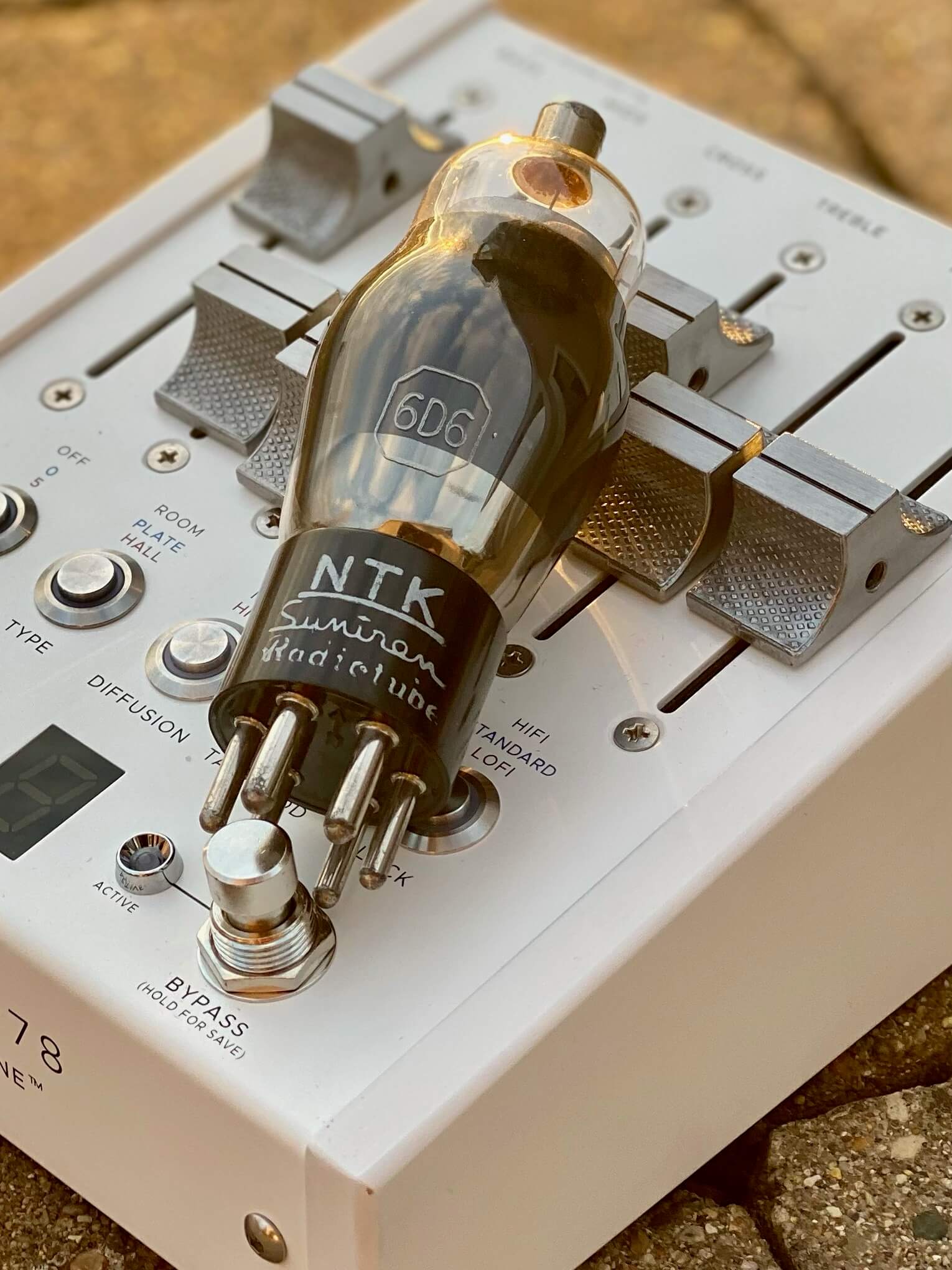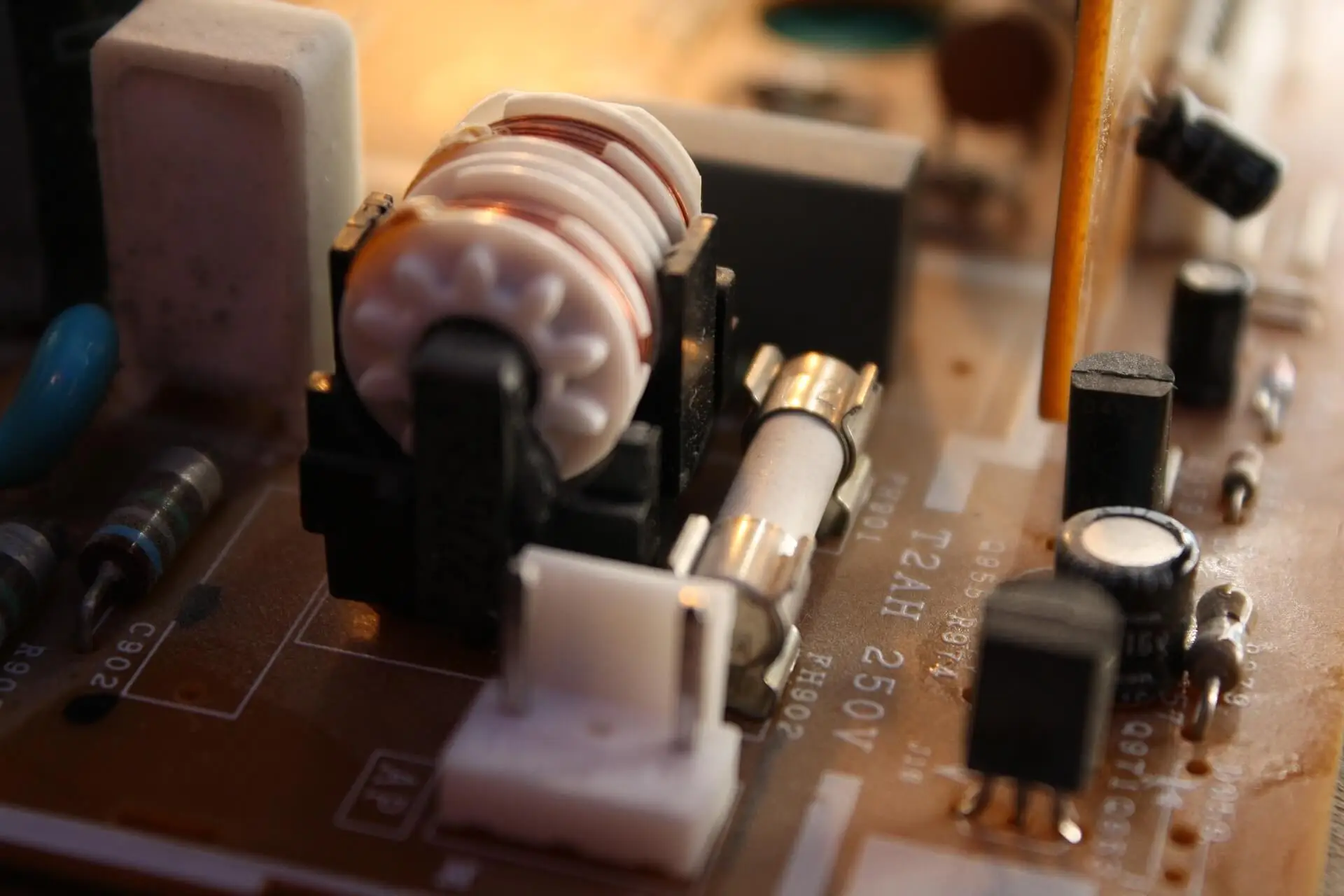Did you know that the first computers, radios, telephones, and amplifiers all relied on vacuum tubes to work? That’s right… tubes helped men walk on the moon, they were in every television and every radio. In the old days, the largest tech companies in the world like RCA, Telefunken, and GE competed to make the best tubes possible. Now, no one knows what the fuzz a vacuum tube is.
So what happened? Where did all the tubes go? Well, between 1948 and 1960, new technology was being developed, and it would change everything… Enter the transistor. The hero of modern technology, and villain to valves everywhere.

Vacuum tubes are hot. Like, hot enough to burn a house down, hot. Their heat has always been a constraint not only to the design of their devices but to the tubes themselves. Because vacuum tubes need to physically heat the cathode (filament) to create a flow of electrons to the anode, they naturally get hot. Moreover, because you have to heat the filament, vacuum tubes naturally draw a lot of power. If you needed a lot of amplification, you needed a big filament, and a big filament ultimately meant lots of heat. So when the transistor was created, which relied on special semiconducting materials like Germanium or Silicon, scientists were able to get amplification without all the heat. Less heat means smaller packages that will not malfunction due to overheating… or catch fire.
Vacuum tubes are pretty versatile, yes. But mainly due to the fact they could be constructed in different ways to create different effects, i.e. the difference between power tubes, rectifier tubes, and preamp tubes to name a few. These tube types all vary in construction and that is what gives them different purposes.
Transistors on the other hand can be used in many ways while keeping the construction the same. They can be used as amplifiers, voltage regulators, or be made to store binary information, making them ideal for use in RAM and ROM memory chips. Transistors can also be used to switch electronic signals on and off rapidly, making them ideal for use in digital logic circuits and computer processors.
Transistors also had another advantage to the vacuum tube. Transistors were small. Not only did the transistor not get hot like a vacuum tube would, but they were also tiny in comparison and this opened the door to all kinds of products like the handheld transistor radio, the pocket calculator, and alarm clock.
In a perfect environment vacuum tubes can live long lives, but ultimately they do have life spans that can be measured in years and hours when consistently used. On the other hand, if those same good conditions are allowed to the transistor, the transistor would outlive us all. Now change that suitable environment to a hostile and rugged one, and it again becomes increasingly clear that vacuum tubes were rightfully deemed obsolete. Vacuum tubes are very sensitive to shock and vibration. One good drop, kick or trip down a bumpy road could ruin a tube and render your whole device useless. This is not an issue for transistors whatsoever, and your device would likely fail somewhere else before a transistor failed.

We saved the most important reason the transistor owns the vacuum tube for last. As if transistors were not already magical enough, transistors consume less power than vacuum tubes because they have lower operating voltages, draw less current, and have a smaller physical size, resulting in less power consumption. Additionally, they do not require a heater/filament which draws lots of power.
Transistors are more efficient, more compact, more reliable, and have longer lifespans. Additionally, transistors could operate at much higher speeds and consume less power than vacuum tubes, making them ideal for a wide range of applications, including computers, radios, and televisions. The transistor’s small size, low cost, and versatility made it an attractive alternative to vacuum tubes and led to its widespread adoption in the electronics industry.